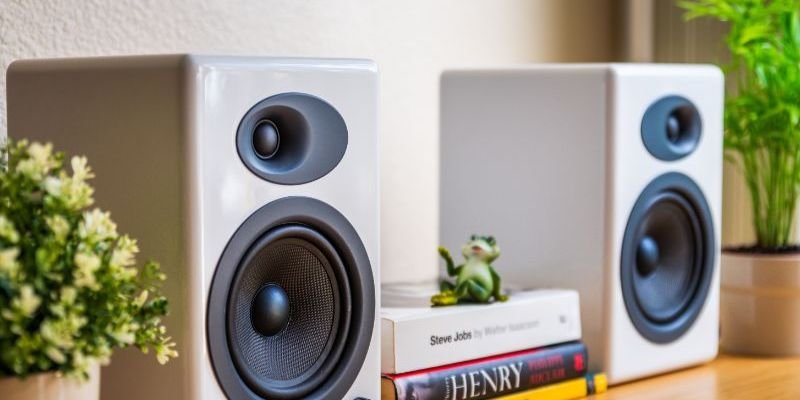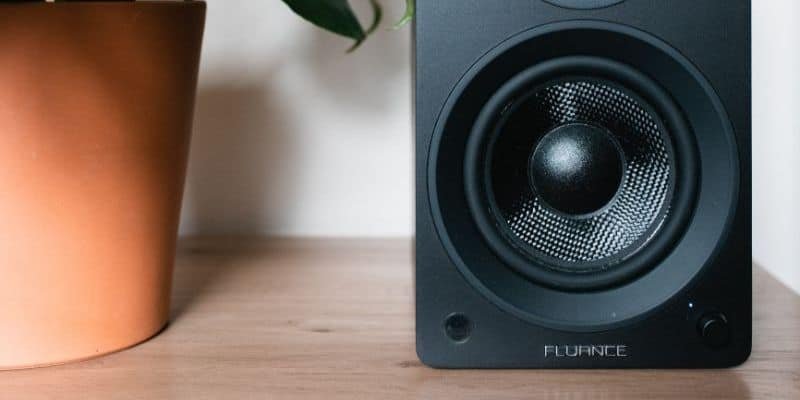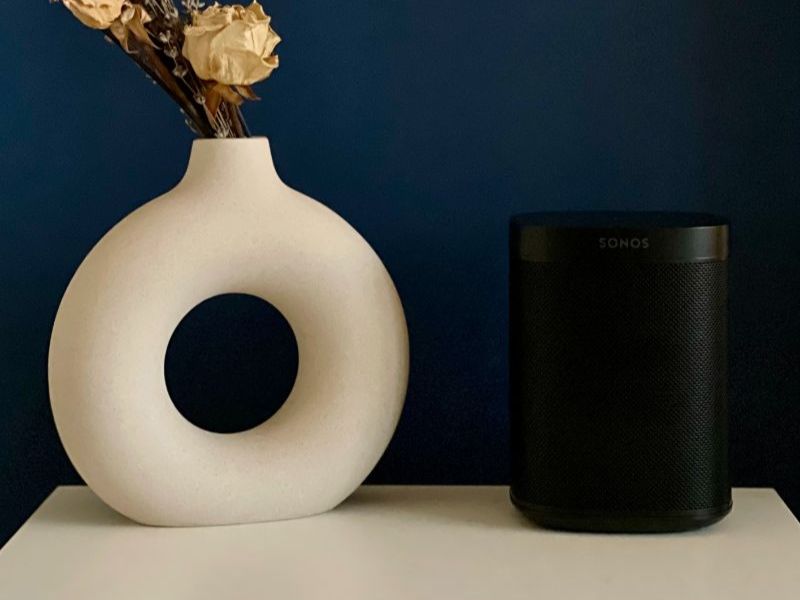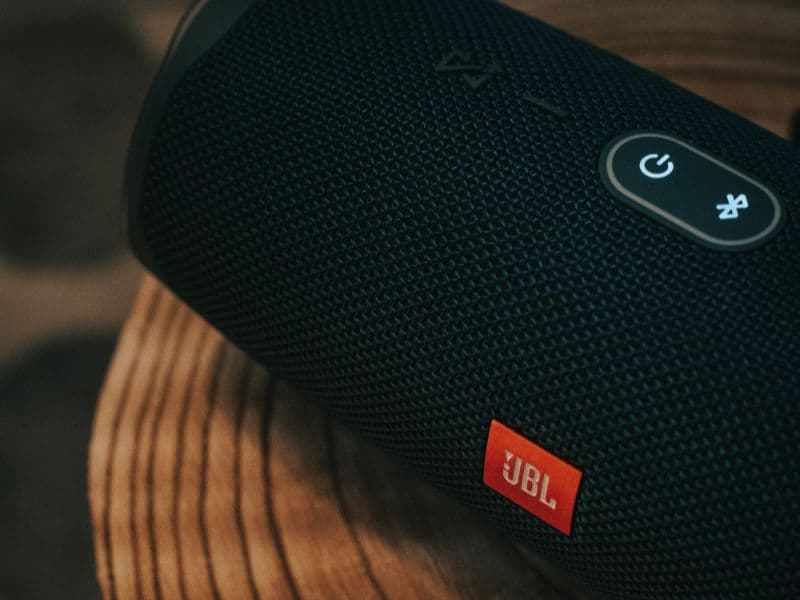You must understand the distinction, as each speaker is notably different from the other. To help you in your research, we’ve put together this handy guide that explains in detail the differences between active and passive speakers. Let’s begin with a comparison before explaining what to look for in each.
The key differences between active and passive speakers
Active speakers require power, while passive speakers don’t. This is the fundamental difference between the two. This is because passive models need to be connected to external amplifiers, while active speakers have them built-in.
Some of the other key differences between the two include:
| Active speakers | Passive speakers |
| Must connect to power to function | Can operate without power |
| Reliant on-built amplifiers | Reliant on external amplifiers |
| Heavier and less mobile | Lighter and more mobile |
| Usually more expensive | Usually less expensive |
| Self-reliant and consists of fewer external components | Reliant on additional gear to function |
There are undoubtedly pros and cons of each type of speaker, but how do you choose which one to go for? Let’s explore the advantages in a little more detail now.

The advantages of active speakers
Active speakers are popular because they’re essentially built-in speakers and don’t need to be connected to external amps. Some of the advantages of investing in active speakers are:
The speaker and amp function in tandem
Instead of worrying about pairing your speakers with a suitable amp, active speakers are wired to ensure the speaker and the amp function in tandem. This rules out the possibility of over or underpowering your speaker.
In other words, it’s much more challenging to blow out an active speaker than a passive model. Often, because they have been designed with an internal amp, the performance of active speakers is better than passive.
You can connect wireless applications.
You can easily send a wireless signal directly to an active speaker. Unfortunately, we’re not quite at the stage where wireless power is possible, but active speakers can easily connect to other devices via Bluetooth.
Thanks to the in-built amp, this means you can play your favorite tracks from your smartphone, tablet, or laptop with the click of a button. This makes active speakers particularly appealing for those who like to play music from multiple sources. It’s also handy if your record player has Bluetooth connectivity, as it makes connecting your turntable to speakers much more straightforward.
The signal goes through the crossover before the amp.
The signal passes through the crossover in active speakers before reaching the amp. Why is this significant? Well, it results in something known as bi-amping. Bi-amping means that the signal hits the tweeter and woofer simultaneously without getting too technical. There will be more minor shifts between the drivers and better sound quality. All in all, it’s another advantage to opting for active speakers! But what about the benefits of passive speakers? Let’s find out below.
The advantages of passive speakers
The reason why many people prefer passive speakers is that they’re often easier to deal with. Let’s look at three key advantages:
They’re easier to place
Active speakers need to be plugged into AC power, but passive speakers don’t. As such, you need to position active speakers close enough to a power outlet, which might not be ideal in terms of where you want to broadcast your music from.
With passive speakers, you only need to run a speaker wire connection, which essentially means you can position them anywhere in your room. Although you will still need to connect the passive speaker to an external amp, the fact that you don’t need to position the speaker right next to a power source gives you greater flexibility.
You can upgrade or replace the amp effortlessly.
One of the drawbacks of active speakers is that it’s nigh on impossible to upgrade the amp as it is built into the system. If you want to go from a Class A to D, for instance, you have to buy a new amp, and you’re all set! With passive speakers, you have no such issue.
This is because passive speakers connect to amps externally, and there’s no need to fiddle with the internal components of the speakers. Ultimately, this provides you with more flexibility when looking to upgrade the sound quality.
They’re lightweight
Finally, because passive speakers don’t have built-in amps, they’re lighter than active speakers. While this won’t be important to everyone, it’s worth considering if you regularly transport your speakers from one place to another. After all, those heavy Class A/B active speakers are far from easy to move around!

What about powered speakers?
Although active and passive speakers often receive the most attention, another type to consider is powered speakers. Crucially, it’s amiss to regard all active speakers as powered, which adds to the confusion somewhat.
Powered speakers are set up similarly to passive speakers (at least in terms of signal path), but the amp is incorporated into the speaker enclosures.
As such, it’s more appropriate to consider powered speakers as passive speakers, with the main difference being that they connect to a power outlet.
You will most commonly find low-end home stress and computer speakers utilizing a powered configuration, but they’re not as common in higher-spec models.
The verdict: which are better, active or passive speakers?
It’s challenging to come out and say that one type of speaker is better than the other, as it just depends on what you’re looking for. Many of the best speakers out there is a combination of active and passive configurations, so you will need to think carefully about what you’re looking for in a system.
Hopefully, this article has provided you with all of the information you need to make an informed choice about the speakers you invest in. We want to think you’re now in a perfect position to enhance the sound quality of your home system!








